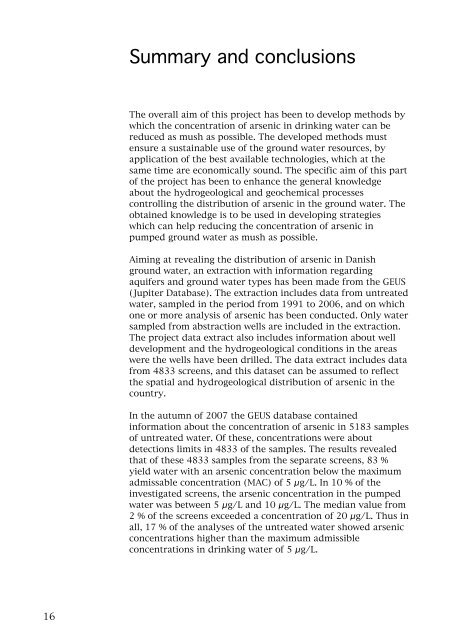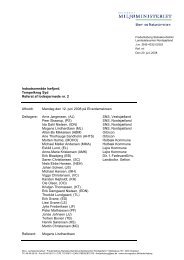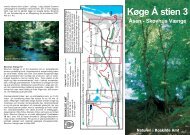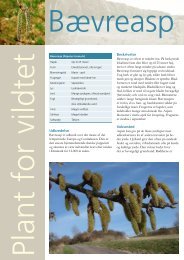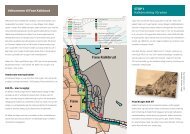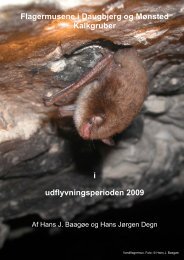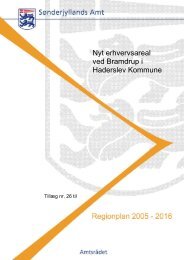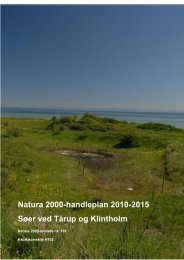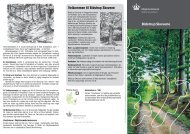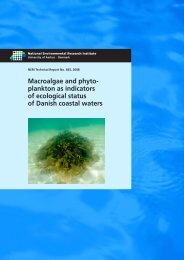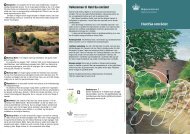Arsen i dansk grundvand og drikkevand - Bind 1 - Naturstyrelsen
Arsen i dansk grundvand og drikkevand - Bind 1 - Naturstyrelsen
Arsen i dansk grundvand og drikkevand - Bind 1 - Naturstyrelsen
Create successful ePaper yourself
Turn your PDF publications into a flip-book with our unique Google optimized e-Paper software.
16<br />
Summary and conclusions<br />
The overall aim of this project has been to develop methods by<br />
which the concentration of arsenic in drinking water can be<br />
reduced as mush as possible. The developed methods must<br />
ensure a sustainable use of the ground water resources, by<br />
application of the best available technol<strong>og</strong>ies, which at the<br />
same time are economically sound. The specific aim of this part<br />
of the project has been to enhance the general knowledge<br />
about the hydr<strong>og</strong>eol<strong>og</strong>ical and geochemical processes<br />
controlling the distribution of arsenic in the ground water. The<br />
obtained knowledge is to be used in developing strategies<br />
which can help reducing the concentration of arsenic in<br />
pumped ground water as mush as possible.<br />
Aiming at revealing the distribution of arsenic in Danish<br />
ground water, an extraction with information regarding<br />
aquifers and ground water types has been made from the GEUS<br />
(Jupiter Database). The extraction includes data from untreated<br />
water, sampled in the period from 1991 to 2006, and on which<br />
one or more analysis of arsenic has been conducted. Only water<br />
sampled from abstraction wells are included in the extraction.<br />
The project data extract also includes information about well<br />
development and the hydr<strong>og</strong>eol<strong>og</strong>ical conditions in the areas<br />
were the wells have been drilled. The data extract includes data<br />
from 4833 screens, and this dataset can be assumed to reflect<br />
the spatial and hydr<strong>og</strong>eol<strong>og</strong>ical distribution of arsenic in the<br />
country.<br />
In the autumn of 2007 the GEUS database contained<br />
information about the concentration of arsenic in 5183 samples<br />
of untreated water. Of these, concentrations were about<br />
detections limits in 4833 of the samples. The results revealed<br />
that of these 4833 samples from the separate screens, 83 %<br />
yield water with an arsenic concentration below the maximum<br />
admissable concentration (MAC) of 5 μg/L. In 10 % of the<br />
investigated screens, the arsenic concentration in the pumped<br />
water was between 5 μg/L and 10 μg/L. The median value from<br />
2 % of the screens exceeded a concentration of 20 μg/L. Thus in<br />
all, 17 % of the analyses of the untreated water showed arsenic<br />
concentrations higher than the maximum admissible<br />
concentrations in drinking water of 5 μg/L.


